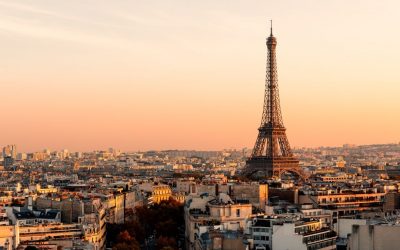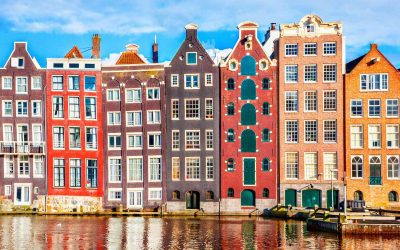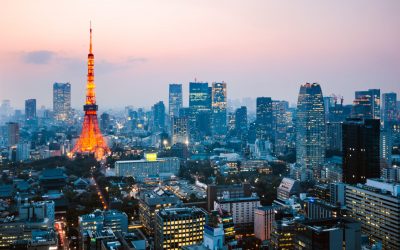The Festival of San Fermín (Fiesta de San Fermín in Spanish) is a grand event held annually in the city of Pamplona, Navarre, in northern Spain. It starts at noon on 6 July and ends at midnight on 14 July. The festival is dedicated to Saint Fermín, the city’s first bishop and the patron saint of the Chartered Community of Navarre.
Table of Contents
Traditions
Opening
The modern celebration of the festival starts with chupinazo, a fireworks rocket set off at noon, and the singing of the traditional song “Pamploneses, Viva San Fermín, Gora San Fermín” (“People of Pamplona, Long Live Saint Fermín”).
White and red
Crimson-red scarfs and white clothes are distinctive elements of the celebration. During the biggest events, streets turn into a sea of red and white. The tradition says that the red scarf should be properly tied only during the festival, so many people keep their scarves on their wrist, in a pocket or hand until the rocket signaling the beginning of the festival is fired.
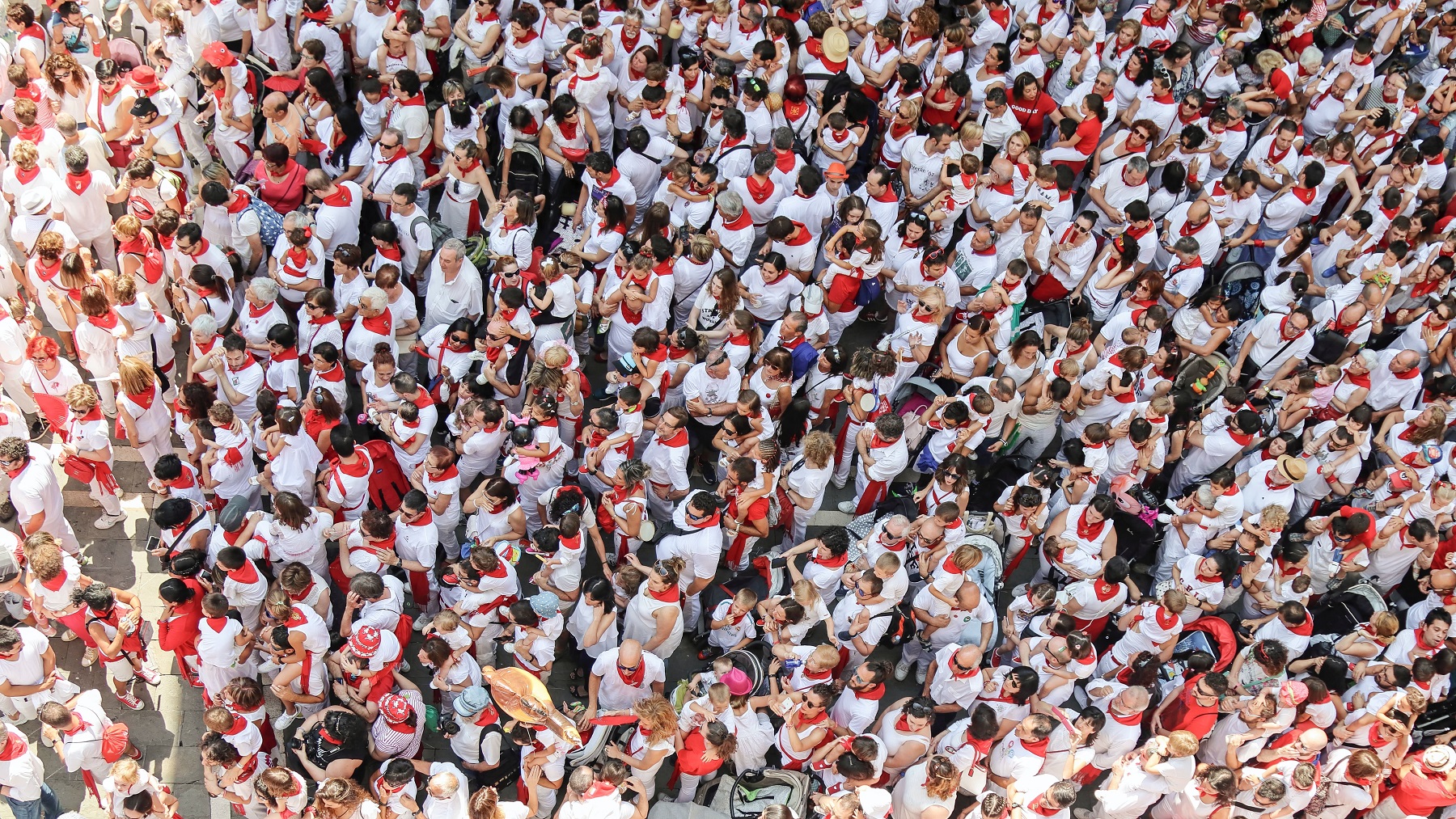
Bulls
The Festival of San Fermín is famous around Spain and all over the world for encierro – the running with the bulls. Twelve bulls and steers are let out in the city streets for all the participants to run from the chase. The route starts in the Santo Domingo stalls where the bulls are kept, and continues through the old city to the bullfighting arena. The total length of the run is 875 meters and takes only about 3 minutes.
The rules state that participants must be at least 18 years old, they have to run in the same direction as the bulls without provoking them; they also can’t be under the influence of alcohol. The only possible defensive action against the bulls is a rolled newspaper.
The participation is purely voluntary for people, and there is a chance for the participants to duck down a side street in case of danger. Still, be aware that this event has an extensive yearly injury count. As for the spectators’ safety, the streets that will be used for the encierro are lined with barricades, so just watching is relatively safe.
Besides encierro, there is bullfighting, or corrida, that is held every afternoon.
Historical trivia
- San Fermin used to take place on 10 October. But since it was usually rainy, it was decided to celebrate the holiday on the seventh day of the seventh month.
- The festival is over 800 years old.
- But it gained worldwide fame only in the previous century.
- One of the reasons for the popularity of Fiesta de San Fermín is Ernest Hemingway’s 1926 novel The Sun Also Rises, in which he writes about the event, fascinated after taking part in one.
- James Michener, another well-known American author, wrote extensively about the festival and bullfighting in his non-fiction book Iberia.
- Most places from the books exist intact in Pamplona, so going out to search for them is a brilliant idea for a vacation, if you like these books.
Religious aspect
Not to forget that the fiesta is held in honor of a Catholic saint. Besides secular festivities, there is the religious Procession of Saint Fermín in the morning of 7 July.
In addition, the participants in the running with the bulls sing the homily to this holy patron just before the bulls are released in the streets; they ask him to give them protection during the wild race.
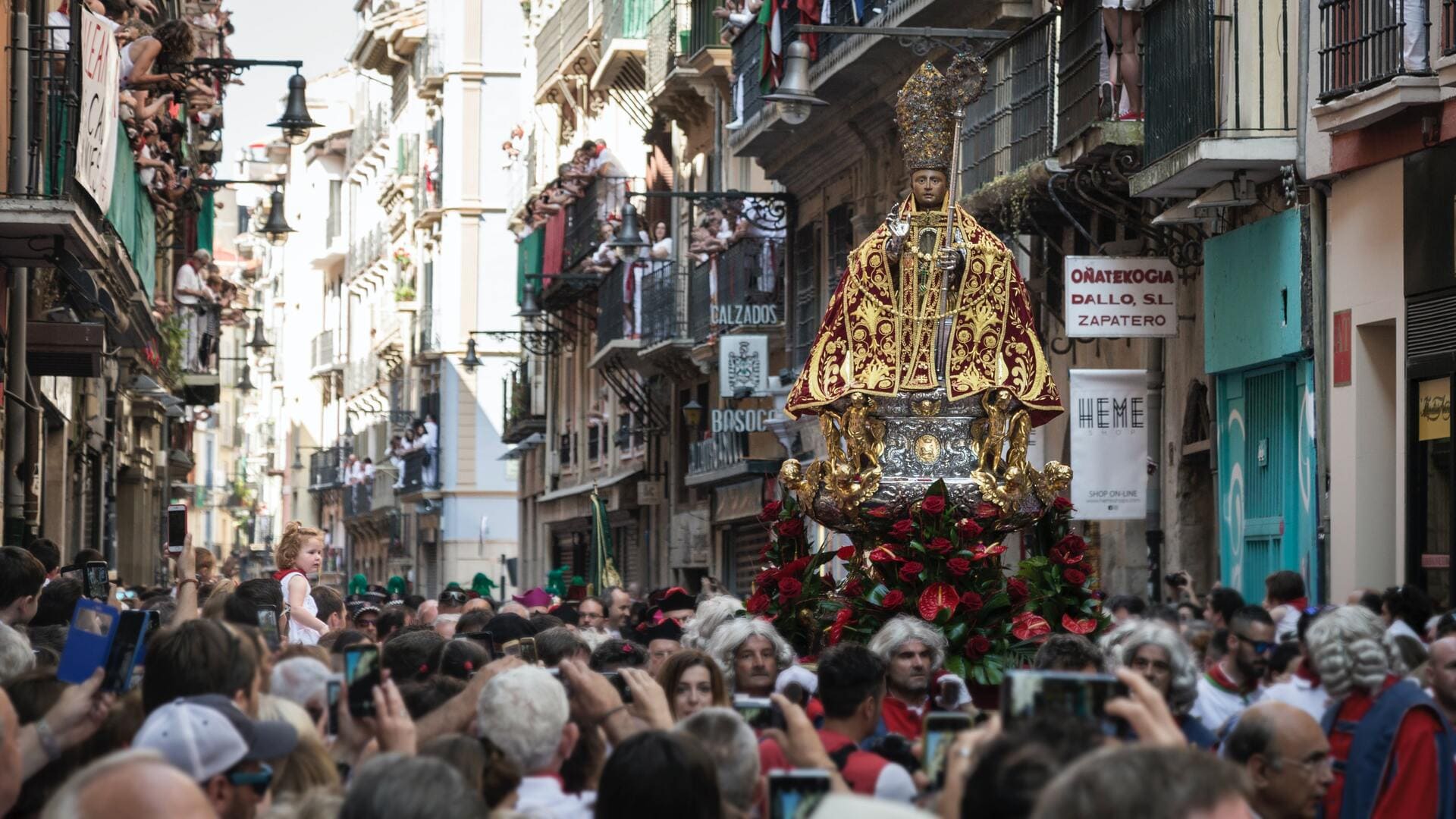
However, partying and other events in fiestas do not have any religious character.
Wild outdoors events!
But Fiesta de San Fermín is a lot more than running with the bulls. It is indeed the most famous event, but it takes little time during the festival week. In fact, there are people, both visitors and locals, who have never watched the running or bullfights.
The greatest part of the festival is its outdoor parties. Spain does love to party, and is quite happy to hold a week-long fiesta. People go out, dance, sing, talk, and have a good time enjoying the atmosphere of the festive Pamplona. These days, the street belongs to everyone, regardless of age, gender, ethnicity, or other particulars.
Each year, the city authorities prepare a program, which usually includes colorful marches, music and dance performances, fireworks, and fairs, that run throughout the week. There are also different kinds of parades, like masks parade, or comparsa, a parade featuring large puppets carried by the marchers. Besides the official program, there are side events organized by neighborhoods, clubs, and small companies.
Pamplona is a small city that doubles its population during fiesta days and, in fact, triples it over the weekend or weekends, depending on how the eight days of fiesta fall. People from all over the world travel here to specifically take part in this splendid festival.
For an unforgettable holiday in Pamplona, book a tour with GetExperience.
